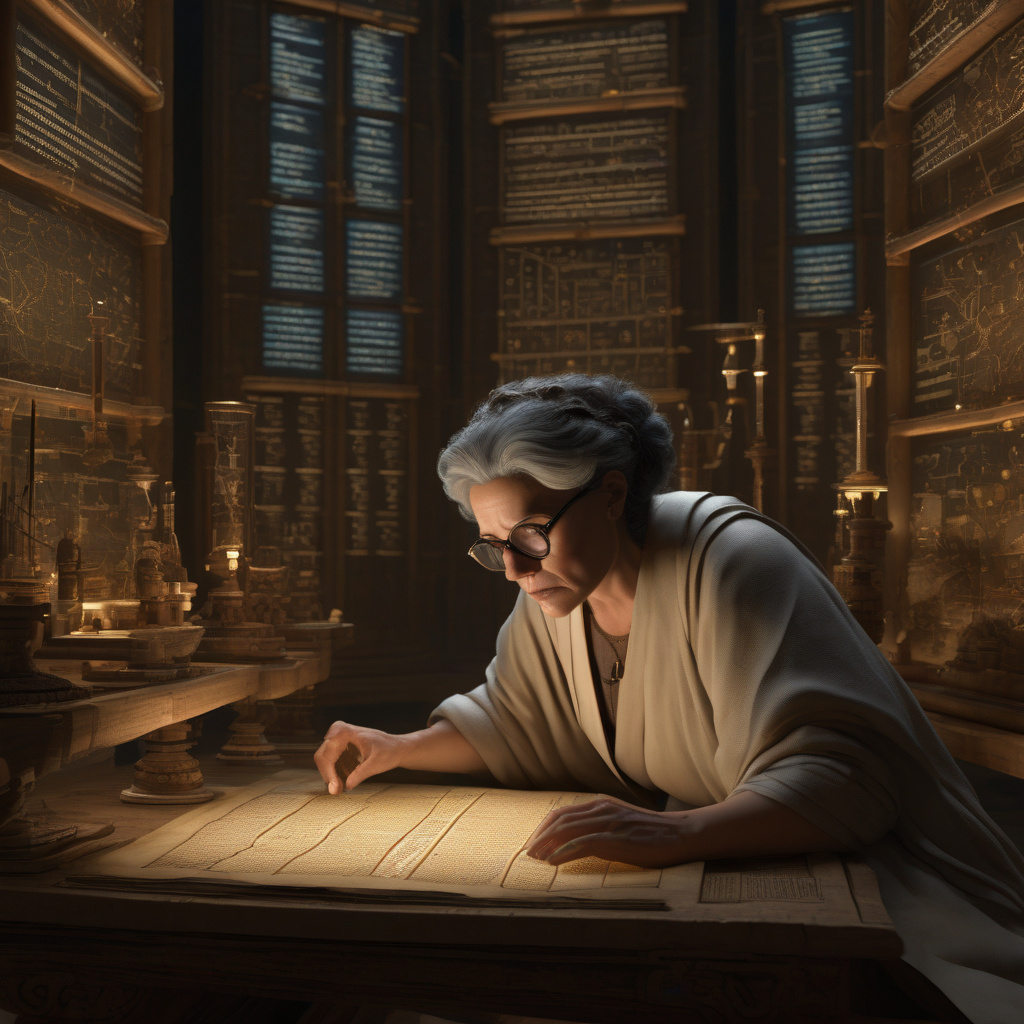Google AI Makes Breakthrough to Crack Roman Texts to Unearth Secrets of the Past
Each year, archaeologists uncover approximately 1,500 Latin inscriptions—etched into stone, metal, or pottery—that provide rare glimpses into the daily lives, governance, and culture of ancient Rome. These inscriptions, while invaluable, often pose a significant challenge due to their deteriorated state, making translation and interpretation a painstaking and time-consuming process for researchers. However, recent developments in the field of artificial intelligence offer a promising solution to this age-old problem.
In a groundbreaking collaboration between Google AI and leading archaeologists, a cutting-edge machine learning algorithm has been trained to decipher damaged or faint Roman texts with remarkable accuracy. This innovative technology utilizes a combination of optical character recognition (OCR) and natural language processing (NLP) to reconstruct and translate inscriptions that were previously illegible to the human eye.
The potential implications of this AI breakthrough are nothing short of revolutionary. By unlocking the secrets hidden within these ancient texts, researchers can gain unprecedented insights into various aspects of Roman society, including politics, religion, economics, and social dynamics. For instance, a seemingly mundane inscription found on a crumbling tablet could reveal details about a long-forgotten emperor’s decree or shed light on the daily routines of ordinary citizens.
Moreover, the application of AI in deciphering Roman texts represents a significant leap forward in the field of epigraphy—the study of inscriptions—and sets a new standard for interdisciplinary collaboration between technology and archaeology. By harnessing the power of machine learning, scholars can now process and analyze vast quantities of textual data in a fraction of the time it would take using traditional methods.
One of the key advantages of using AI in epigraphic research is its ability to identify patterns and connections across a wide range of inscriptions, enabling researchers to detect correlations and trends that might otherwise go unnoticed. This newfound capacity for large-scale data analysis not only accelerates the pace of discovery but also opens up new avenues for exploring the complexities of the Roman world in ways previously thought impossible.
Furthermore, the integration of AI technology in the study of ancient texts has the potential to democratize access to historical knowledge by making valuable resources more readily available to scholars, students, and enthusiasts around the globe. By digitizing and interpreting inscriptions that were once languishing in museum archives, this innovative approach ensures that the rich tapestry of Roman history is preserved and shared with future generations.
As we stand on the cusp of a new era in epigraphic research, propelled by the fusion of artificial intelligence and classical studies, the possibilities for uncovering the mysteries of the past have never been more tantalizing. With each fragment of text decoded and every lost word restored to its rightful place, we inch closer to a deeper understanding of the ancient world and the enduring legacy of Rome.
In conclusion, the collaboration between Google AI and archaeologists to crack Roman texts marks a significant milestone in the ongoing quest to unearth the secrets of the past. By harnessing the power of machine learning and data analysis, researchers are now equipped with a powerful tool that promises to reshape our understanding of ancient civilizations and illuminate the shadows of history with newfound clarity.
#GoogleAI, #RomanTexts, #Archaeology, #ArtificialIntelligence, #HistoricalResearch











